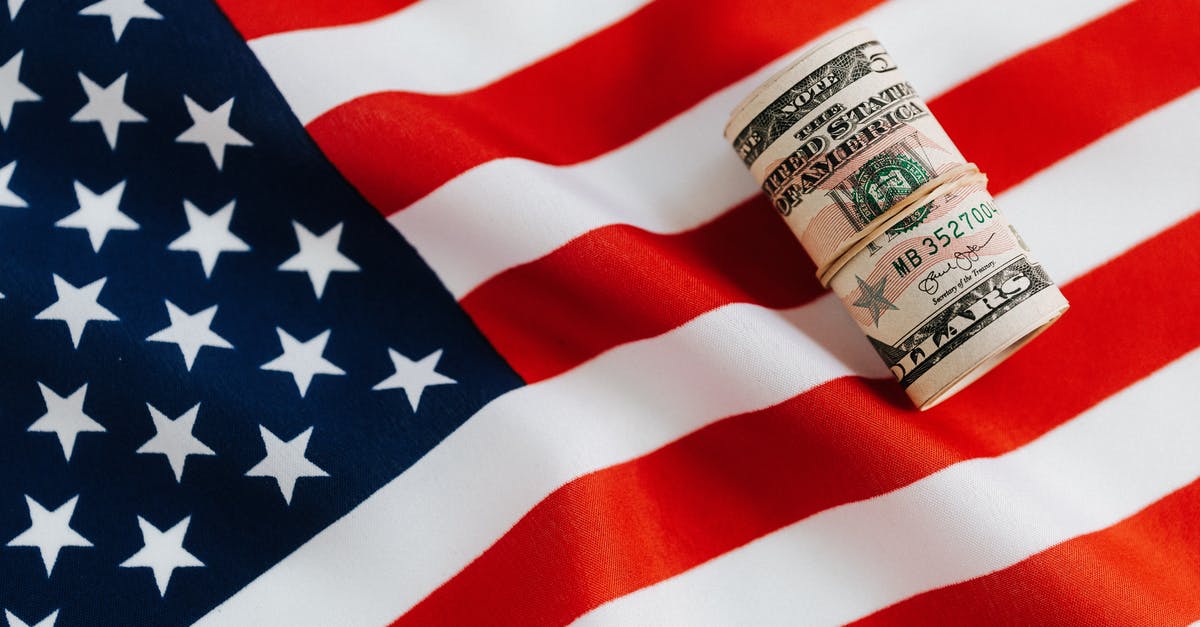How should I manage my fridge?

I try to be careful, I really do, but I found a week old cod smelling 'fishy' in my fridge. Normally, I put the date on the package, so at least I know how long things 'last' in there (lost and forgotten).
So, I made a roster. On the first column is the name of the product/preparation, the first row is the day of the month. I'm putting the number of rations in the cells, and draw a line till the best before date.
I'm thinking about marking prepared foods like:
In a container (two days)
In a vacuum (seven days)
Cooked sous-vide (twenty-one days).
For the freezer, I'm thinking about ninety days.
Do you think this is a workable system? How do restaurants keep track of their inventory? Is it too complicated? Am I too harsh with the # of days (for instance, should these be depending on the food item?)
Best Answer
You may very well be able to make that system work for you, but in the two fine-dining restaurants I've worked, the system is less paperwork-intensive and more common-sense. It is based on organized storage, adding new product where it will be used after the old, and labeling. This lets you see at a glance what you have and how old it is, rather than having to constantly maintain an up-to-date inventory list. It also makes it easy to find what you want.
The system works like so:
- Organize your storage so food goes in the same spot every day. This way you can see at a glance what you have and what you need. It also makes it easier to find things.
- New food of the same type goes behind the old stuff, and isn't opened until the old product is used up. This prevents you from discovering the dreaded Green Milk lurking at the back of the fridge.
- ALWAYS label prepared food with the date, using masking tape and a permanent marker. Make sure the label (or container's expiration date) is toward the front. You don't want to have to sniff-test old food. Trust me.
- Store in clear containers, so you see how much is left.
- Inventory perishable foods before purchasing more.
- Toss spoiled or questionable food promptly. This prevents "unpleasant surprises," and avoids contaminating nearby stuff.
- Cool food as fast as possible, to prevent bacterial growth. Hot water holds a lot of heat, so it gets pre-chilled in an ice water bath; otherwise it can stay warm and breed bacteria for HOURS. Containers can be left open for an hour or two in the fridge to cool contents faster.
At home, I use a very similar system, with a few modifications:
- Pre-packaged containers get labelled with an opened-on date, because usually this determines when they spoil more than the expiration date.
- Expiration dates are just rough estimates. StillTasty provides more detailed information, but I don't refrigerate any kind of leftover more than a week. High-protein foods, or things with egg in them get less time.
- If it smells even a little off, it's probably unsafe, with the exception of milk and produce. They will only make you WISH they could kill you.
- Only buy produce you can use before the next grocery run... unless it's really cheap and can be used up easily. Yes, fresh tomatoes are amazing to cook with. They're slightly less awesome when half of your 5 pounds spoil, unused.
- Don't buy fresh meat or fish without a specific meal plan, or at least a schedule for use. This prevents these expensive, perishable foods from sitting in the fridge and spoiling. This doesn't have to be a detailed day-by-day meal plan, but the minute you take to think before buying prevents impulse buys and helps make sure you'll have the time and ingredients to cook the food before it goes bad.
I know the last point can be difficult, but remember that a meal plan might be no more than "make myself a nice steak over the weekend." The idea is to avoid buying meat on Sunday that you won't have time to cook until next Friday. If you have to, buy meat right before cooking a nice meal; at least then it will be fresh. Freezing is also a good backup plan, but only if done fairly early.
Pictures about "How should I manage my fridge?"



Quick Answer about "How should I manage my fridge?"
Keep the fruits and veggies separate from each other as they emit certain gases that may spoil different produce. Meat should be stored in the coldest spot in the fridge: the very back! Save the top shelves for things you are ready to polish off soon. Leftovers, quick snacks, yogurt, etc.What is the best way to organize your fridge?
But here are the basics: The top shelf and door tend to be the warmest "zones", while the middle and bottom shelves get progressively cooler. So, you should keep condiments in the door, dairy products, eggs and spreads on the upper shelves, meats and milk on the lowest shelf and fruits and vegetables in the crisper.How to Organize: The Fridge
Sources: Stack Exchange - This article follows the attribution requirements of Stack Exchange and is licensed under CC BY-SA 3.0.
Images: Mikhail Nilov, Karolina Grabowska, Karolina Grabowska, Skylar Kang
